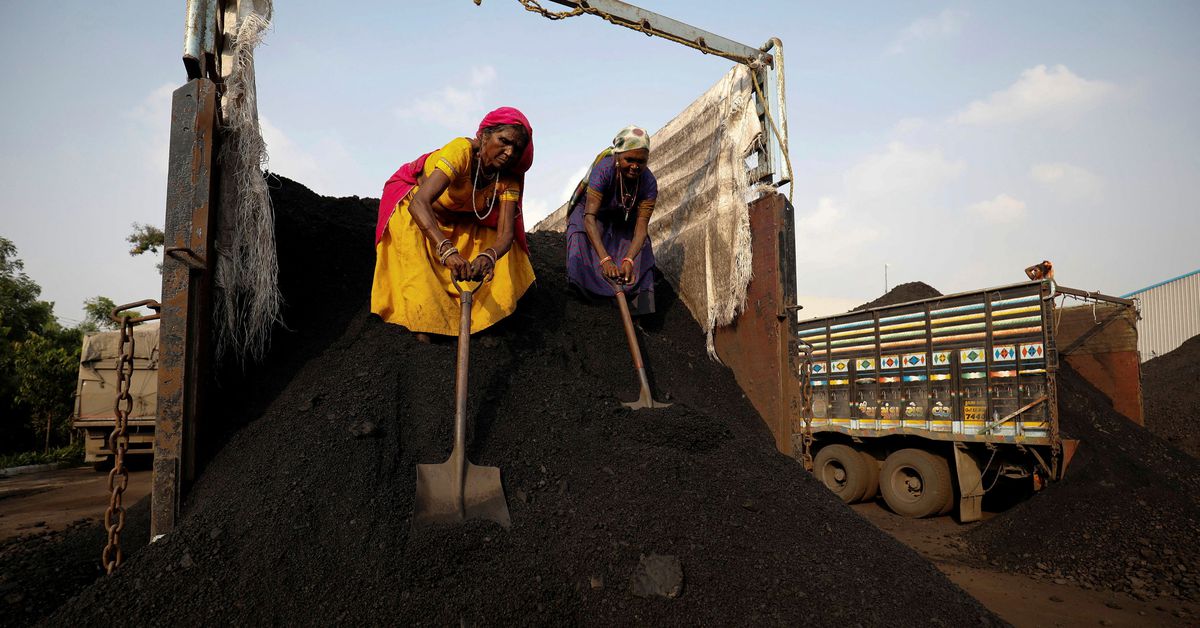deleted by creator
Close to 15% India’s energy needs already being met with solar. What do you mean “why not invest”?
They’re already investing in renewables. However, solar
is still quite expensive compared to coal(EDIT: NVM, it’s not, especially in India, I can only assume that the main driver for coal is the absence of capital costs for increased consumption as well as the intermittency issues)Wind doesn’t have the short lifespan issue of solar, and is therefore cheaper, however intermittency is still a problem and storage solutions are hardly feasible (nevermind cost-competitive) at those scales.
Um, what?
Solar and other renewables have been the cheapest power generation around when you factor in everything?
Oh neat, for India you’re right. I had in mind European figures, I wasn’t expecting Indian weather to make such a big difference to cost. Here solar is still, in the best case, just as expensive as other energy sources because of the intermittency and short operating life (which is why utility-scale installations have been very focused on wind).
Honestly I can only assume that the main driver for coal in India is the high capital costs / lead time in getting utility-scale solar installed, whereas using more coal only increases operating expenses (cost of fuel) without actually having to expand existing infrastructure.
I never understood this argument for “we need coal to run the power at night” like batteries have never existed. Do you still light gas lamps at night, or would you use an electric torch?
Batteries ain’t cheap when you need them to output GIGAWATTS of power for 12 hours. “Keeping the lights on” is figurative, in reality you need to keep enormous industrial capacity running. Li-Fe batteries have gotten cheaper, but not cheap enough that it makes any kind of sense for that application (even in developed countries we’re just beginning to see battery storage, and the goal is smooth momentary changes in demand, not to power the entire grid at night. That’s still a faraway dream).
True, but the entire sustainable grid shouldn’t be solar. There’s wind, hydroelectric and geothermal which don’t turn off at night and even nuclear is preferable to burning fossil fuels.
Totally agree in principle. I don’t know about India, but geothermal is not feasible in many places on Earth, same goes for hydro (and with climate change, hydro has become increasingly unreliable in mountain areas due to the lack of snowfall). Wind usually doesn’t do much at night and in winter, so it’s not much help to solar in that regard.
So yeah, nuclear and batteries will have to work together to fully decarbonize our economies. Unfortunately greenfield nuclear is dead in the water almost everywhere for political reasons; even just keeping existing nuclear reactors running has been a losing battle here in Europe. Maybe Chinese designs will power India, I’m not up-to-date on the latest developments there.
Should we tell them?
*Planetwide back to back to back multi-day consecutive records being broken.*
Reuters: Well that’s a bit unusual.
This is the best summary I could come up with:
SINGAPORE, Sept 4 (Reuters) - India has stepped up the use of coal to generate electricity in a bid to stop outages caused by lower hydroelectricity output, and as an increase in renewables is struggling to keep pace with record power demand.
The government has repeatedly defended the use of coal citing lower per capita emissions compared with richer nations, and rising renewable energy output.
Analysts and industry officials attribute the higher power use to farmers using more electricity to irrigate fields due to insufficient rain, intermittency of renewables, and increased cooling demand with warmer-than-usual temperatures.
Electricity supply fell short of demand by 780 million units in August, the data showed, marking the highest shortage since April 2022, when India faced its worst power cuts in six and a half years.
Weather officials expect country-wide rainfall in September to be in line with the long-term average, possibly providing some respite to utility operators.
Coal’s share in output rose to 74.2% in the eight months that ended in August, the Grid India data showed, compared with 72.9% in the same period last year and on track for a third consecutive annual increase.
The original article contains 574 words, the summary contains 191 words. Saved 67%. I’m a bot and I’m open source!
Hair of the dog, y’know?




